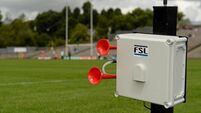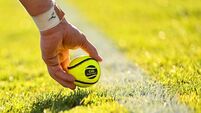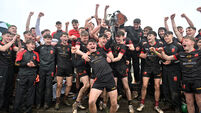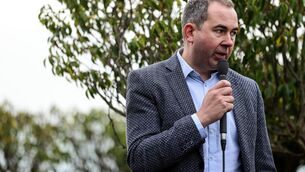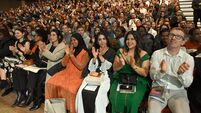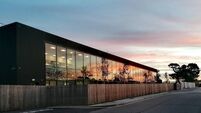'After that game, I was a hurler – I was a serious player' - An extract from 'The Game: A Journey into the Heart of Sport'
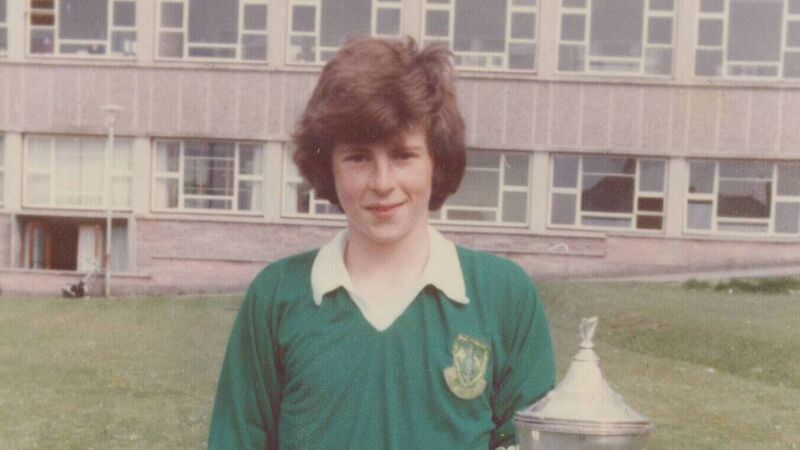
Tadhg Coakley with the Harty Cup and Dr Croke Cup. "An All-Ireland final qualifies as serious stakes, even at secondary-school level. There were thousands of people at the game and it was in Semple Stadium. And the opposition was Kilkenny."
It is 1971 and I am ten years old. I am watching the Cork hurler Con Roche take a sideline cut on a hot day in a heaving Semple Stadium, in Thurles.
Thirty-two thousand other people are present in this moment around me. I am with my father and some of the Walsh family– old friends – and my older brother Dermot has just played with the Cork minors, winning the Munster hurling final.




